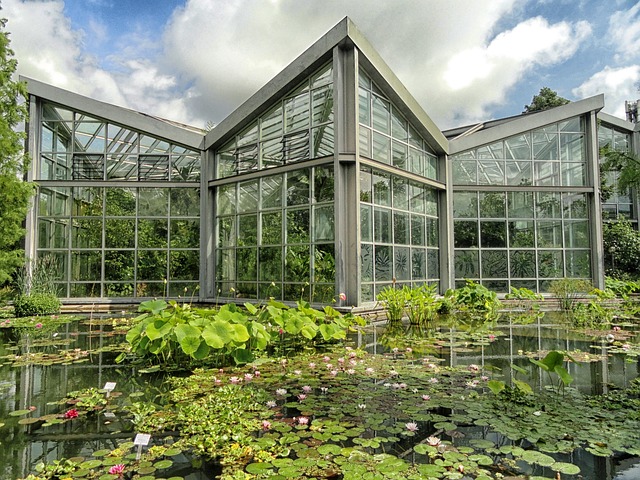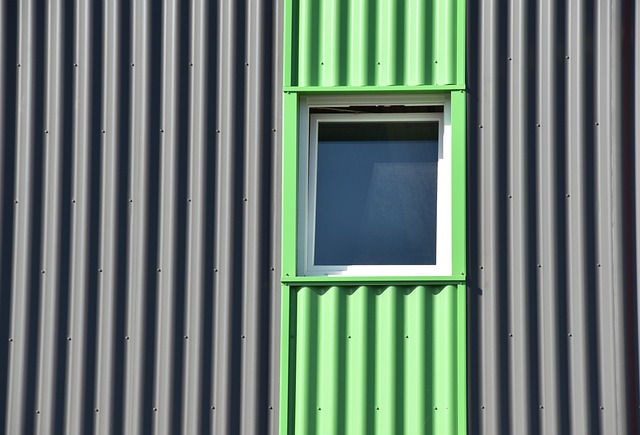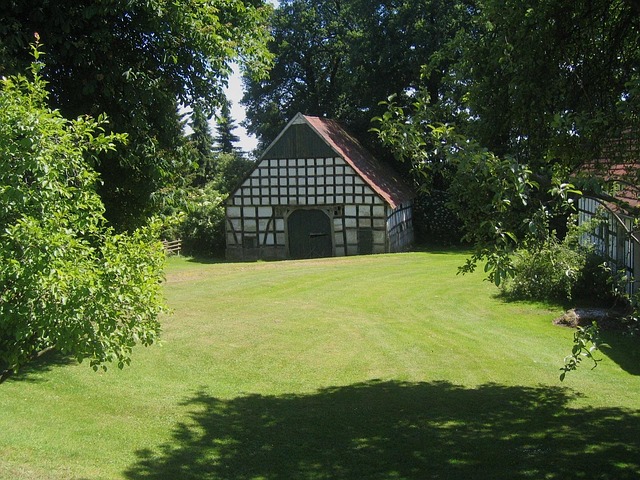Green Building Design is revolutionizing the real estate sector by prioritizing sustainability from design stages through strategic use of natural light, ventilation, energy-efficient materials, and renewable resources. Smart technologies optimize energy consumption and reduce carbon footprints with automated HVAC systems, smart thermostats, motion sensors, and advanced insulation. Renewable energy sources like solar, wind, and geothermal power are adopted to mitigate greenhouse gases and provide long-term cost savings, driving a surge in green building certifications and eco-friendly design trends in real estate.
In today’s climate-conscious world, real estate professionals are increasingly embracing energy-efficient solutions to reduce their carbon footprint. This article explores three key areas transforming the industry: green building design, smart technologies, and renewable energy sources. By integrating these innovative strategies, real estate can not only lower operational costs but also contribute to a more sustainable future. Discover how these practices are setting new standards for environmentally responsible property management.
Green Building Design: A Foundation for Real Estate Sustainability

Green Building Design plays a pivotal role in the real estate sector’s transition towards sustainability. By integrating eco-friendly principles from the outset, developers and architects can create structures that minimize environmental impact. This involves strategic planning to maximize natural light and ventilation, reducing the need for artificial lighting and cooling systems.
Furthermore, the use of energy-efficient materials, renewable resources, and innovative technologies ensures lower operational costs and a reduced carbon footprint. Such designs not only contribute to preserving the environment but also attract eco-conscious tenants and buyers, enhancing property value in the real estate market.
Smart Technologies: Revolutionizing Energy Consumption in Properties
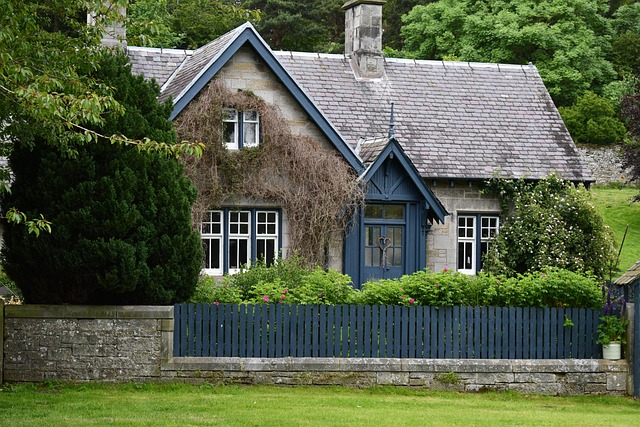
In the real estate sector, smart technologies are leading a revolution in energy consumption and carbon footprint reduction. By integrating intelligent systems, properties can optimize their energy use, ensuring efficient heating, ventilation, and air conditioning (HVAC) while minimizing waste. These technologies leverage data analytics and automation to adjust settings based on occupancy, weather conditions, and time of day, significantly lowering energy bills and environmental impact.
For instance, smart thermostats learn occupants’ habits and automatically adjust temperatures accordingly, while motion sensors turn lights off when spaces are unoccupied. Additionally, building management systems can monitor and control various aspects of a property’s operation, from energy-efficient appliances to advanced insulation, contributing to a more sustainable and economically viable real estate market.
Renewable Energy Sources: Powering Real Estate Towards a Lower Carbon Future
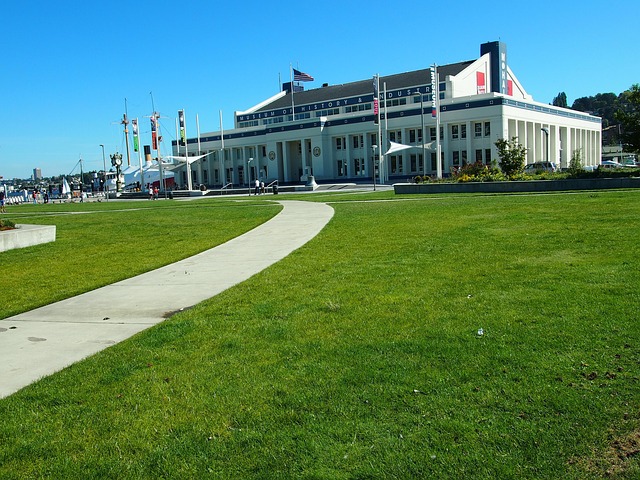
Renewable energy sources are transforming the real estate sector, offering a path towards a lower carbon future. As climate change concerns grow, investors and property developers are increasingly turning to clean energy options like solar panels, wind turbines, and geothermal systems. These technologies not only reduce greenhouse gas emissions but also provide long-term cost savings for homeowners and businesses alike.
Integrating renewable energy solutions into buildings and communities is a game-changer. From rooftop solar installations to entire neighborhoods powered by wind farms, these sustainable practices are becoming increasingly mainstream. Real estate professionals are recognizing the environmental and economic benefits, leading to a surge in green building certifications and eco-friendly design trends. This shift towards renewable energy ensures a more sustainable future for the industry and the planet.




